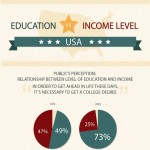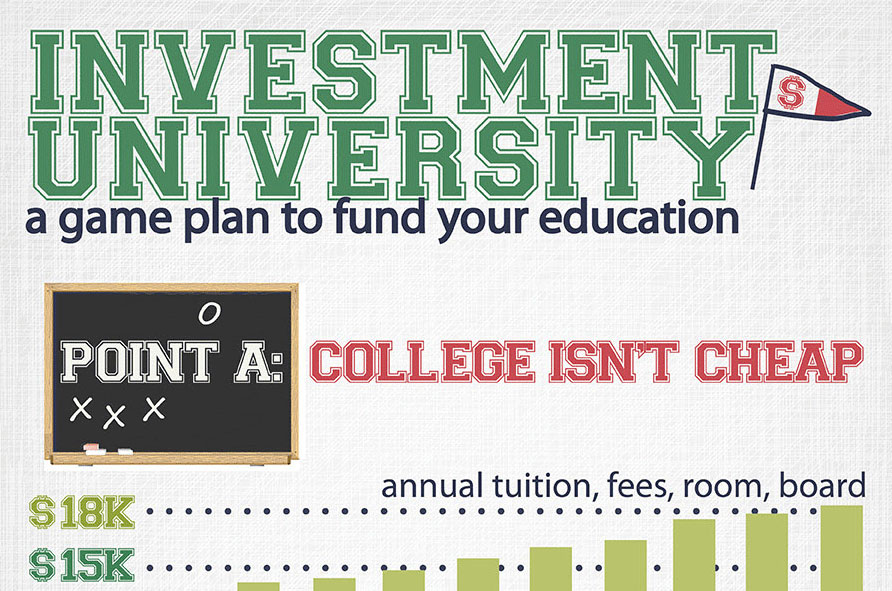To help parents and students better understand the value of higher education, Varsity Tutors, a premier one-on-one private tutoring and test prep provider, today released an infographic that delves into the perceived importance and actual effects of higher education on income and career prospects. Entitled “Education vs. Income Level,” the infographic compares educational attainment to U.S. employment and salary statistics.
 In 2009, 73 percent of Americans said they agreed with the statement, “In order to get ahead these days, it’s necessary to get a college degree,” compared to just 49 percent in 1978. This increasingly common perception aligns with employment and salary statistics for college-educated adults.
In 2009, 73 percent of Americans said they agreed with the statement, “In order to get ahead these days, it’s necessary to get a college degree,” compared to just 49 percent in 1978. This increasingly common perception aligns with employment and salary statistics for college-educated adults.
“Data has shown that highly educated individuals are more likely to earn higher wages throughout their lives,” said Varsity Tutors founder and CEO Chuck Cohn. “It’s important for parents and students to understand the value of a college degree when making decisions about their education and future career plans.”
The infographic features survey data from the U.S. Bureau of Labor Statistics and other sources, including these key facts:
- The unemployment rate for college graduates is well below the national average, and has been consistently lower than the rates of unemployment for individuals without a Bachelor’s degree over the past 10 years.
- In 2013, the unemployment rate for people with a Bachelor’s degree or greater was 3.7 percent, compared to 7 percent for those with some college experience or an Associate’s degree, 8.1 percent for those with a high school diploma, and 12 percent for those with less than a high school diploma.
- Individuals with a Bachelor’s degree are expected to earn $2.422 million over the course of their lives, compared to just $1.371 million for those with only a high school diploma.
The infographic also highlights differences in income among individuals with master’s and doctoral degrees, and compares wages and annual earnings across several career fields from Engineering to Social Sciences. To learn more about the impact of higher education on income, view the full infographic athttp://www.varsitytutors.com/blog/education+vs+income+level+in+the+usa+infographic.
For more information about Varsity Tutors and its services, visit www.varsitytutors.com.
About Varsity Tutors
Varsity Tutors is a premier private academic tutoring and test prep provider designed to help students at all levels of education achieve academic excellence. Varsity Tutors delivers in-home, personalized, one-on-one instruction in any subject from STEM to the humanities and customized preparation for all standardized exams, including ISEE, SSAT, SAT, ACT and graduate exams such as the GRE, LSAT, MCAT and GMAT. Students from elementary to graduate school are expertly matched with an exceptional tutor who is best able to address their unique needs and goals. To ensure satisfaction and safety, only the highest caliber tutors are selected to join Varsity Tutors following a rigorous screening process. Varsity Tutors currently serves 19 cities nationwide and offers a variety of tutoring packages. Students and their families interested in learning more about Varsity Tutors should visit varsitytutors.com.










